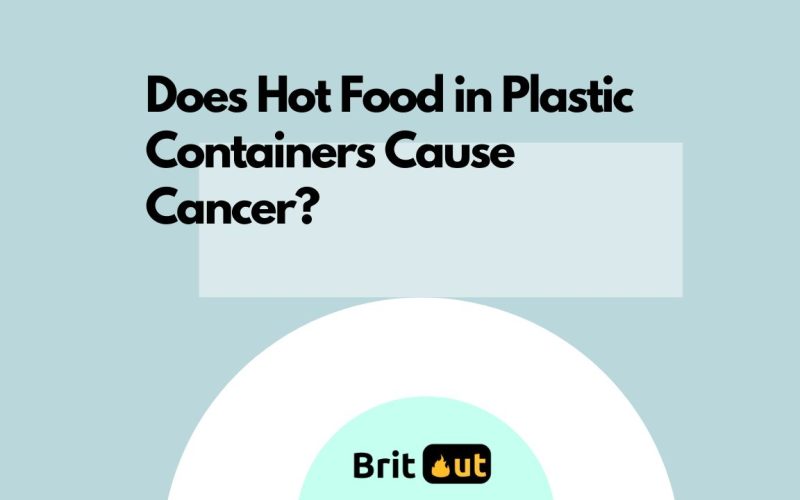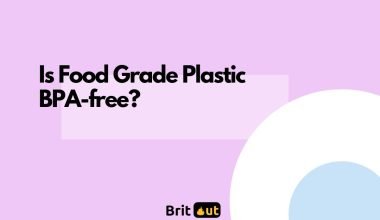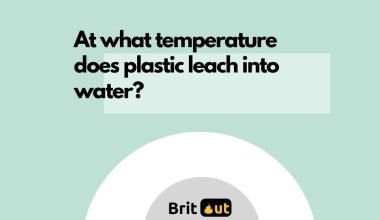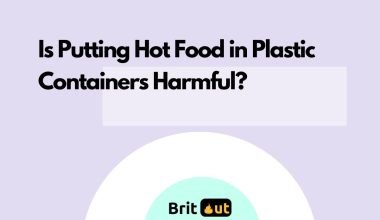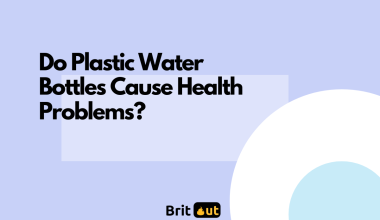We’ve all been there. You’re running late, you grab a quick meal, heat it in the microwave in its plastic container, and off you go. It’s convenient, sure, but have you ever stopped to wonder if this common practice could be harmful to your health? This article should explore this properly.
Does Hot Food in Plastic Containers Cause Cancer?
It’s important to say that the idea of heating food in plastic containers causing cancer isn’t just plucked out of thin air. It’s a question that has been posed by many people, especially given the ubiquity of plastic in our lives and the increasing awareness about potential health risks associated with its use.
What’s been causing the concern?
Well, when plastic is heated, it has the potential to release chemicals into the food it’s in contact with. One chemical that frequently comes up in these discussions is Bisphenol A, also known as BPA.
BPA is used in the manufacture of certain types of plastic, and research has shown that it can leach into food when the plastic is heated. Now, some studies have linked BPA to a variety of health issues, including certain types of cancer.
However – and this is a big however – the link between BPA and cancer is not definitive.
Many of these studies have been conducted on animals, and the results do not necessarily translate directly to humans. The human body processes BPA differently, and the levels that we are typically exposed to are much lower than those used in many of these studies.
Furthermore, it’s important to note that many plastic containers we use today, especially those intended for food use, are BPA-free. Regulations have also been put in place in many countries to limit or ban the use of BPA in food containers, especially those intended for infants and young children.
So, does hot food in plastic containers cause cancer? The short answer is: it’s not as clear-cut as a ‘yes’ or ‘no’. The science is complex, and there’s still a lot of research to be done. In the meantime, it’s about being informed and making choices that you’re comfortable with in your daily life.
Are there plastics that may not be safe for Hot food?
Just like not all foods are created equal (think broccoli vs. potato chips), not all plastics are the same.
There’s a whole world of different types of plastics out there, each with their own properties and uses. Some are designed to withstand heat better than others, and some might be more likely to leach chemicals when heated.
Let’s start with a number that you might see on the bottom of plastic containers – the recycling number. This number (between 1 and 7) tells you what type of plastic the container is made from.

These are officially known as plastic Resin Identification Codes.
For instance, plastic #1, also known as PET or PETE (polyethylene terephthalate), is commonly used for single-use bottles and food packaging. While PET is considered safe for single use, it’s not intended to be heated or reused.
Plastic #3, known as PVC or V (vinyl), is another one that has raised concerns.
PVC often contains phthalates, chemicals used to make the plastic more flexible. Some phthalates have been linked to health issues, especially when the plastic is heated.
Then there’s the infamous plastic #7, which is a bit of a catch-all category for other types of plastic, including those that contain BPA and those don’t.
Again, it’s important to emphasize that the presence of these chemicals doesn’t automatically mean you’re at risk. The actual risk depends on a variety of factors, including the amount of chemical migration, how often you’re exposed, and individual health factors.
How to tell when Plastic is food safe?
So, how do you figure out if a plastic container is safe for food? There are a few key things you can look for.
First up, remember those recycling numbers we talked about in the last section?
They can be a good starting point. For example, plastics labeled with #2 (HDPE), #4 (LDPE), and #5 (PP) are generally considered safe for food use. They’re resistant to heat and less likely to leach chemicals.
But, those numbers aren’t the only thing to look for.
You’ll also want to check for certain symbols. You’ve probably seen the little symbol that looks like a wine glass and a fork? That’s the international symbol for “food safe”. It means that the plastic has been tested and deemed safe for food contact.

There’s also the microwave-safe symbol, which looks like a series of squiggly lines. If you see this symbol, it means the plastic container can be used in the microwave without melting or releasing harmful chemicals.
Of course, even with these symbols and numbers, it’s always a good idea to use plastic containers as they’re intended to be used. If a container says it’s not suitable for microwave use, it’s best to follow that guidance.
The same goes for when a plastic says it’s not food safe. Never use em’.
Conclusion
While the question of whether hot food in plastic containers causes cancer remains a complex one, we can take practical steps to ensure we’re using plastics safely, depending on the extent it’s used.
